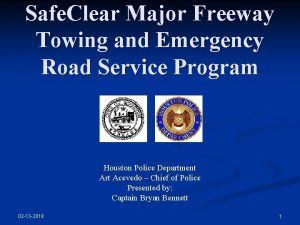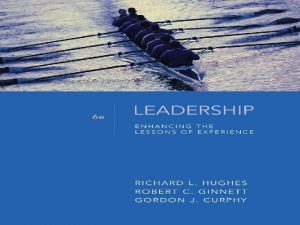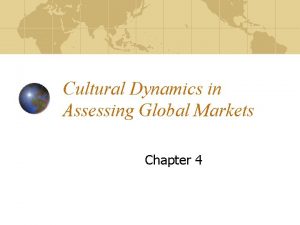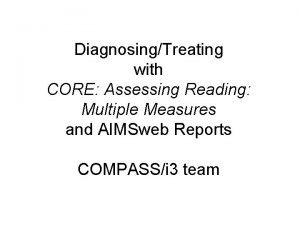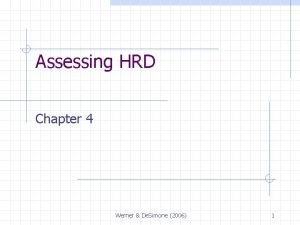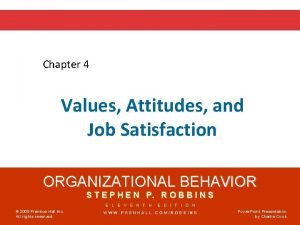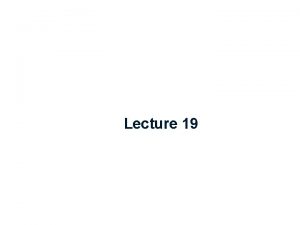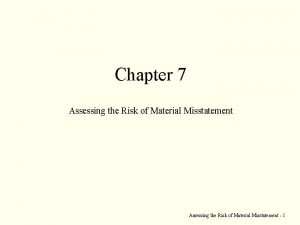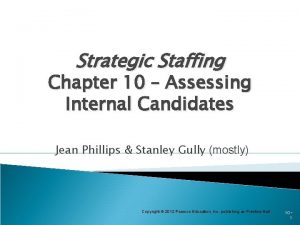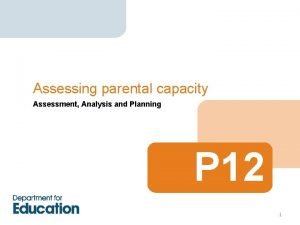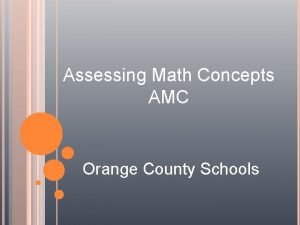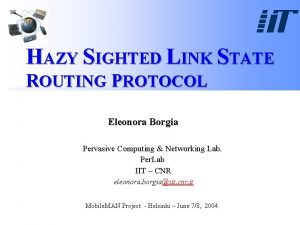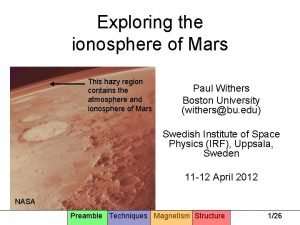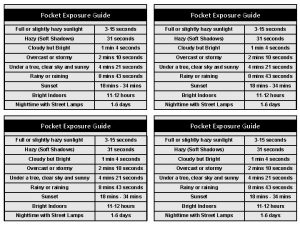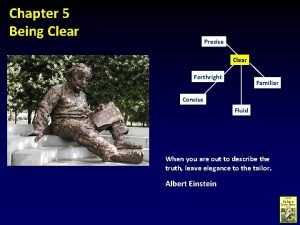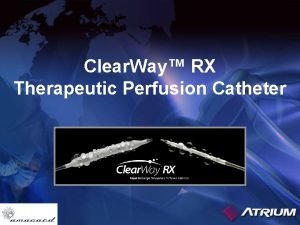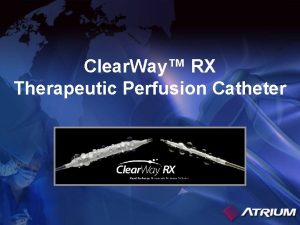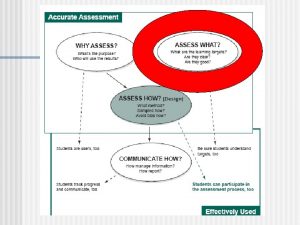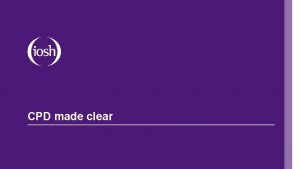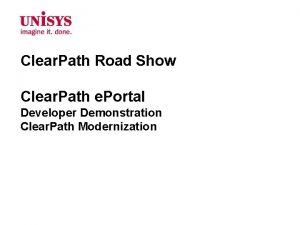Houston Clear Houston Hazy Assessing PM 2 5
























- Slides: 24

Houston Clear Houston Hazy Assessing PM 2. 5 Background Levels and Local Add-On Prepared by Bryan Lambeth, PE Field Operations Support Division Texas Commission on Environmental Quality For presentation at the National Air Quality Conference 2010

Causes of High PM 2. 5 • Regional and long-range transport – Haze, smoke, and/or dust already in the air coming into an area from distant sources – Cannot be controlled by local mitigation measures • Local primary and secondary sources – Local add-on of PM 2. 5 is increased by local air stagnation, limited vertical mixing of the air, and high relative humidity – Urban worst case is usually night-time winter stagnation with clear skies

Estimating Transport Contribution • Upwind monitors and monitors that are not downwind of significant local sources provide the best estimate of incoming background levels from transport • These monitors will usually have the lowest concentrations in the area • Thus for areas with adequate peripheral monitoring coverage, the area lowest or second lowest concentration can serve to estimate the contribution from transport on most days • The variation between the lowest and second lowest measurements may often indicate variability in the incoming background levels across an area with adequate monitoring coverage

Estimating Local Add-On • Once the incoming background level has been estimated, concentrations higher than this background can indicate either variability in the background levels and/or add-on from local sources • Subtracting the estimated background from a given measurement provides an estimate of impacts directly from local sources, but this estimate can be biased high when there is large spatial variability in the incoming background level • Where speciation data are available for both background add-on locations, the speciated components of local source impacts can also be evaluated by this method

Texas PM 2. 5 Sites

Background PM 2. 5 Sites Coastal Transport Regional Transport Conditional Transport

Southeast Texas PM 2. 5 Sites Coastal Transport Conditional Transport

North Central Texas PM 2. 5 Sites Conditional Transport

Central Texas PM 2. 5 Sites Regional Transport Conditional Transport

South Texas PM 2. 5 Sites Coastal Transport








Texas PM 2. 5 Annual Averages 2008 6. 8 7. 6 11. 5 11. 9 11. 2 15. 9 11. 1 8. 7 9. 9 5. 7 10. 6 10. 5 6. 1 9. 5 14. 0 12. 5 10. 5 8. 8 11. 3 10. 7 10. 3 12. 1 12. 0 Micrograms/cubic meter

Texas PM 2. 5 Background Averages 2008 6. 8 7. 6 8. 8 8. 0 9. 9 5. 7 6. 1 8. 6 7. 9 9. 5 9. 6 8. 7 8. 3 8. 8 Micrograms/cubic meter

Average of Daily Area Peak Local Add-On 2008 5. 3 4. 6 3. 8 3. 1 6. 9 6. 0 3. 3 3. 2 Micrograms/cubic meter

Highest Annual Local Add-On 2008 3. 9 3. 1 2. 7 2. 0 5. 3 4. 4 2. 2 2. 0 Micrograms/cubic meter

Highest Annual Local Percent Add-On 2008 32. 4% 26. 0% 25. 3% 18. 7% 37. 8% 31. 5% 20. 8% 16. 9% Micrograms/cubic meter

Conclusions • For the areas analyzed, transport appears to account for at least about 70 -80% of measured annual averages at sites with the greatest local source impacts • At most about 20 -30% of the annual average at analyzed sites with the worst local source impacts can be addressed by local control measures

Applications • Analysis of “but for” considerations in determining exceptional event days – This approach could be used to estimate whether a site would have exceeded the standard with a “normal” background level if the exceptional event had not occurred • Estimating how much local add-on must be reduced to meet standards • Model validation
 The sun was salmon and hazy in the west figure of speech
The sun was salmon and hazy in the west figure of speech Lukáš házy
Lukáš házy Safe clear towing
Safe clear towing Houston isd foundation houston, tx
Houston isd foundation houston, tx Assessing leadership and measuring its effects
Assessing leadership and measuring its effects Cultural dynamics in assessing global markets
Cultural dynamics in assessing global markets Difference between ppst and ncbts
Difference between ppst and ncbts Assessing reading multiple measures
Assessing reading multiple measures Cultural dynamics in assessing global markets
Cultural dynamics in assessing global markets Assessing hrd needs
Assessing hrd needs Assessing motivation to change
Assessing motivation to change Unit 3 assessing risk in sport
Unit 3 assessing risk in sport Module 4 topic 1 assessing and managing risk
Module 4 topic 1 assessing and managing risk Dominant work values in today's workforce
Dominant work values in today's workforce Assessing value for money
Assessing value for money Assessing need for hrd
Assessing need for hrd Audit risk model
Audit risk model Assessing a new venture's financial strength and viability
Assessing a new venture's financial strength and viability Assessing opportunity cost involves
Assessing opportunity cost involves Unit 18 assessing children's development support needs
Unit 18 assessing children's development support needs A nine box matrix requires assessing employees on ________.
A nine box matrix requires assessing employees on ________. Advantages of informal assessment
Advantages of informal assessment Cultural dynamics in assessing global markets
Cultural dynamics in assessing global markets Assessing parental capacity
Assessing parental capacity Amc math assessment
Amc math assessment


